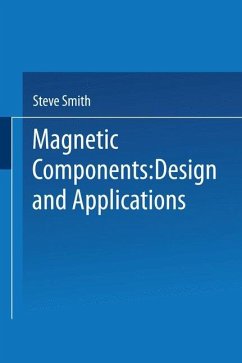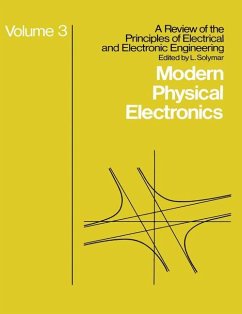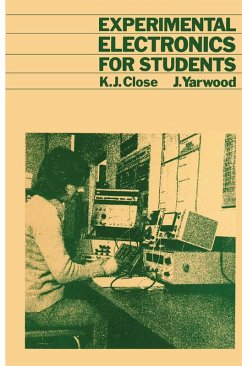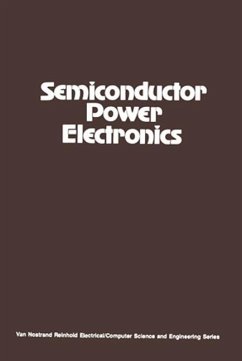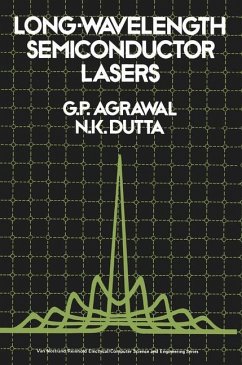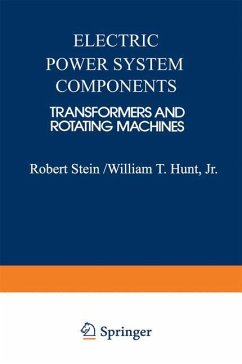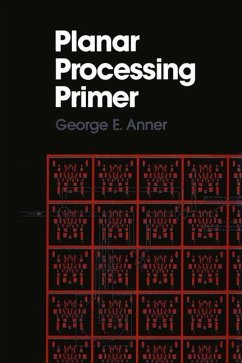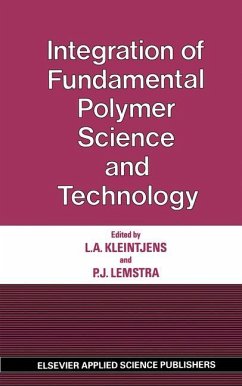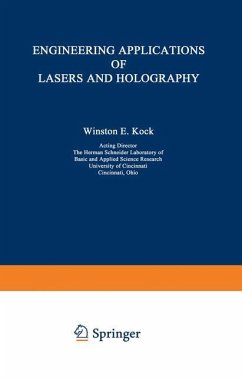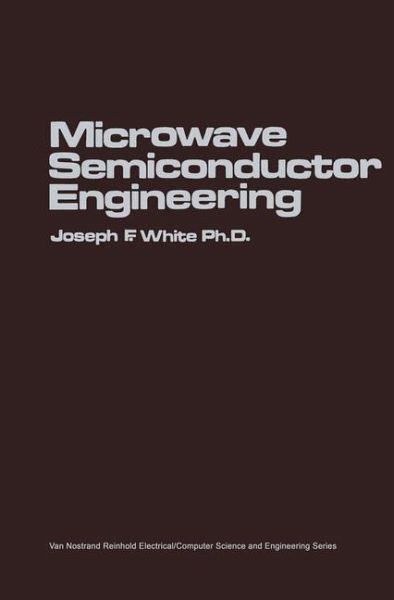
Microwave Semiconductor Engineering

PAYBACK Punkte
20 °P sammeln!
Joseph F. White has studied, worked, and taught in all aspects of microwave semiconductor materials, control diodes, and circuit applications. He is thoroughly grounded in the physics and math ematics of the field, but has primarily the engineer's viewpoint, combining basic knowledge with experience and ingenuity to gen erate practical designs under constraints of required performance and costs of development and production. As a result of his teach ing experience and numerous technical papers and oral presenta tions, he has developed a clear, well-organized writing style that makes this book ...
Joseph F. White has studied, worked, and taught in all aspects of microwave semiconductor materials, control diodes, and circuit applications. He is thoroughly grounded in the physics and math ematics of the field, but has primarily the engineer's viewpoint, combining basic knowledge with experience and ingenuity to gen erate practical designs under constraints of required performance and costs of development and production. As a result of his teach ing experience and numerous technical papers and oral presenta tions, he has developed a clear, well-organized writing style that makes this book easy to use as a self-teaching text, a reference volume, and a design handbook. Dr. White believes that an engineer must have a good understand ing of semiconductor physics, a thorough knowledge of microwave circuit theory, at least an elementary acquaintance with transistor drivers, and the ability to check and refine a microwave circuit on a computer terminal to be qualified for modern, creative design of microwave semiconductor control components. These subjects are well covered in approximately the first half of the book; the second half treats the general and specific design of switches, at tenuators, limiters, duplexers, and phase shifters, with many ex amples drawn from his experience and that of others.





